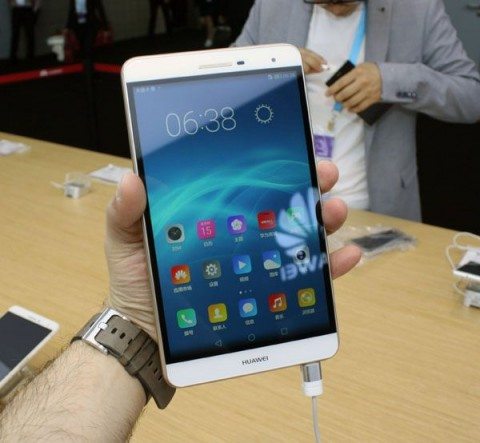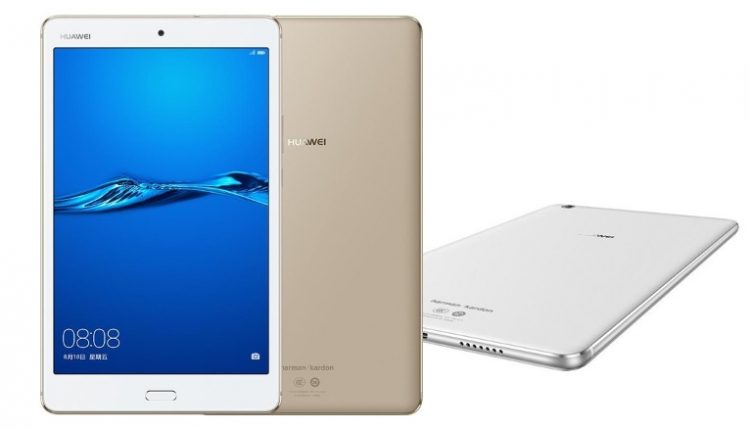Huawei released the Huawei MediaPad M3 8.0. With it comes many promises that were made by the company. The tablet is thin and the 4G model could even be used as a phone, albeit a massive one! Here we take a deeper look at the device.
Design and features of the Huawei MediaPad M3 8.0
This is one aspect the company really excels at. Completely made of aluminium, this tab has quite a premium feel to it. The build quality can even be compared to an iPad. Weighing at 322g, The MediaPad M3 is also light enough to hold in one hand, perhaps for reading an article or two on the way to work, to make your work commute that bit more bearable.
The display is 8 inches and is an IPS LCD display with a resolution of 2560 x 1600. A fingerprint sensor sits at the bottom. The fingerprint sensor takes about a second to unlock the device but it is quite reliable. It has a micro SD card slot that can support cards up to 32 GB. On the top and bottom edges are little 7-pip grilles that let the stereo Harman Kardon drivers sing.

Software of the Huawei MediaPad M3 8.0
The Huawei MediaPad M3 runs Android 6.0 behind Huawei’s Emotion UI interface, and since it has been over a year and Nougat has not been released, it is safe to say Huawei might not be updating this device.
Performance of the Huawei MediaPad M3 8.0
It packs a generous 4GB RAM and uses the HiSilicon Kirin 950 CPU that gives solid performance at all times. However, the tablet stutters when it comes to gaming, especially high end games. This is due to the high resolution screen. Games like Asphalt 8 tend to lag quite a lot, making the experience unsatisfactory.
The camera is an 8-megapixel sensor with a f/2 lens. In bright sunlight, you can get some decent pictures, but images become quite noisy in lower light – and there’s no flash to help out. Focusing is the big difference between the two cameras. The back camera has standard autofocus, while the front one has a fixed-focus lens. Having a higher-res front camera also lets you video chat at 1080p resolution, rather than just VGA or 720p, not to mention making your Snapchats look a bit better. There’s no 4K video capture with either camera, though.

